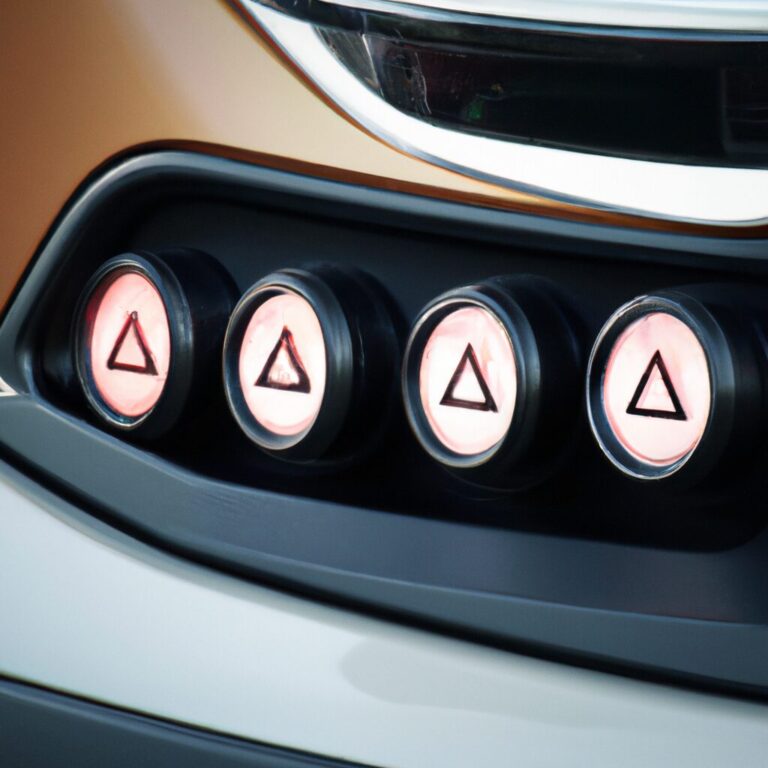How to Turn a Car Alternator into a Generator
To turn a car alternator into a generator, you can remove the rectifier diodes and attach a voltage regulator. This modification allows the alternator to produce AC electricity suitable for powering appliances.
Converting a car alternator into a generator provides a cost-effective solution for generating electricity in off-grid locations or during power outages. By repurposing existing automotive parts, you can create a functional generator without the need to purchase expensive equipment. With a basic understanding of electrical components and some DIY skills, you can successfully transform a car alternator into a versatile power source for various applications.
We will discuss the step-by-step process of converting a car alternator into a generator and explore its practical uses.

Credit: m.youtube.com
Understanding The Basics
In this section, we will delve into the essential components of understanding the basic principles behind how to turn a car alternator into a generator. Whether you’re seeking to harness renewable energy for off-grid living or simply exploring the concept of DIY energy generation, grasping the fundamentals is crucial.
How Does A Car Alternator Work?
A car alternator is a device that converts mechanical energy into electrical power. When the engine runs, it drives the alternator through a belt, causing it to spin and generate electricity. The electricity produced is then used to charge the car’s battery and power the vehicle’s electrical systems.
The Principle Of Converting Mechanical Energy To Electrical Energy
The conversion of mechanical energy to electrical energy in a car alternator operates on the principle of electromagnetic induction. As the rotor spins within the stator, a magnetic field is created, inducing an electrical current in the stator windings. This current is then rectified to direct current (DC) and regulated to the required voltage output.

Credit: www.instructables.com
Materials And Tools Needed
To successfully turn a car alternator into a generator, you will require specific materials and tools. Having the right equipment is crucial for the conversion process. Below are the essential materials and tools you need:
List Of Required Materials:
- Alternator
- Belt and pulley system
- Rectifier
- Circuit breaker
- Voltage regulator
- DC output controller
- Battery
Essential Tools For The Conversion Process:
- Wrench set
- Screwdriver set
- Multimeter
- Wire connectors
- Electrical tape
- Safety gloves and goggles
Step-by-step Process
When converting a car alternator into a generator, the process involves various steps that require precision and attention to detail. Follow this step-by-step guide to successfully transform your alternator into a functional generator.
Disassembling The Alternator:
- Remove the casing and internal components carefully.
- Identify the rotor and stator within the alternator.
- Ensure you take note of how everything is disassembled for reassembly.
Modifying The Rotor And Stator:
- Adjust the rotor and stator to generate electricity efficiently.
- Remove any unnecessary components to streamline the process.
- Check for any damage or wear on the rotor and stator.
Wiring The Alternator:
- Connect the rotor and stator to the output terminals.
- Secure the wiring connections to ensure proper electrical flow.
- Double-check the wiring for any loose connections.
Adding A Voltage Regulator:
- Install a voltage regulator to stabilize the output voltage.
- Calibrate the regulator to the desired voltage level.
- Test the regulator to ensure proper functionality.
Testing The Converted Generator:
- Run a test to check the generator’s power output.
- Monitor the voltage and current levels during testing.
- Verify that the generator is producing electricity efficiently.
Safety Precautions
When you’re embarking on the process of turning a car alternator into a generator, it’s crucial to prioritize safety precautions. Handling electricity and high voltage requires utmost care to prevent accidents and ensure the success of your conversion. Let’s delve into the important safety measures during the conversion process and how to handle electricity and high voltage effectively.
Important Safety Measures During The Conversion Process
- Wear protective gear: Always wear insulated gloves and safety goggles to protect yourself from potential electrical hazards.
- Work in a well-ventilated area: Ensure you’re working in a space with adequate ventilation to prevent the buildup of harmful fumes and gases.
- Disconnect the battery: Before starting the conversion process, disconnect the vehicle’s battery to prevent any electrical mishaps.
- Inspect for damage: Thoroughly inspect the alternator for any signs of damage or wear before beginning the conversion.
Handling Electricity And High Voltage
- Turn off the power source: Always switch off the power source before working on the alternator to avoid electrical shocks.
- Use insulated tools: When handling electrical components or high-voltage parts, ensure you use insulated tools to minimize the risk of electrical accidents.
- Proper grounding: Establish a proper grounding system to prevent the buildup of static electricity and minimize the risk of electrical discharge.

Credit: endless-sphere.com
Frequently Asked Questions For How To Turn A Car Alternator Into A Generator
Can A Car Alternator Be Used As A Generator?
Yes, a car alternator can be used as a generator.
Can Car Alternator Power A House?
Yes, a car alternator can power a house, but it has limitations. It can provide electricity for a few appliances temporarily during emergencies but is not efficient for long-term use or running high-powered devices. It’s advisable to install a proper home generator for consistent power backup.
How Do You Produce Power From An Alternator?
An alternator produces power by converting mechanical energy from the engine into electrical energy. As the engine rotates, the alternator’s magnetic field creates an electrical current, which is then regulated and outputted as usable power for the vehicle’s electrical systems.
Can I Use A Car Alternator To Build A Wind Generator?
Yes, a car alternator can be repurposed to build a wind generator for renewable energy.
Can A Car Alternator Be Converted Into A Generator?
Yes, a car alternator can be easily converted into a generator with a few modifications and adaptations.
What Are The Advantages Of Using A Car Alternator As A Generator?
By utilizing a car alternator as a generator, you can benefit from its portability, affordability, and ability to generate electricity even in remote areas.
How Much Power Can A Car Alternator-turned-generator Produce?
The power output of a car alternator-turned-generator can vary, but on average, it can produce around 50 to 100 watts of electricity.
Conclusion
Converting a car alternator into a generator is a feasible and cost-effective way to harness electrical power. With the step-by-step process outlined in this guide, you can create a functional generator and reduce your reliance on traditional power sources. Embracing this DIY approach can lead to sustainable energy solutions and greater self-sufficiency.


